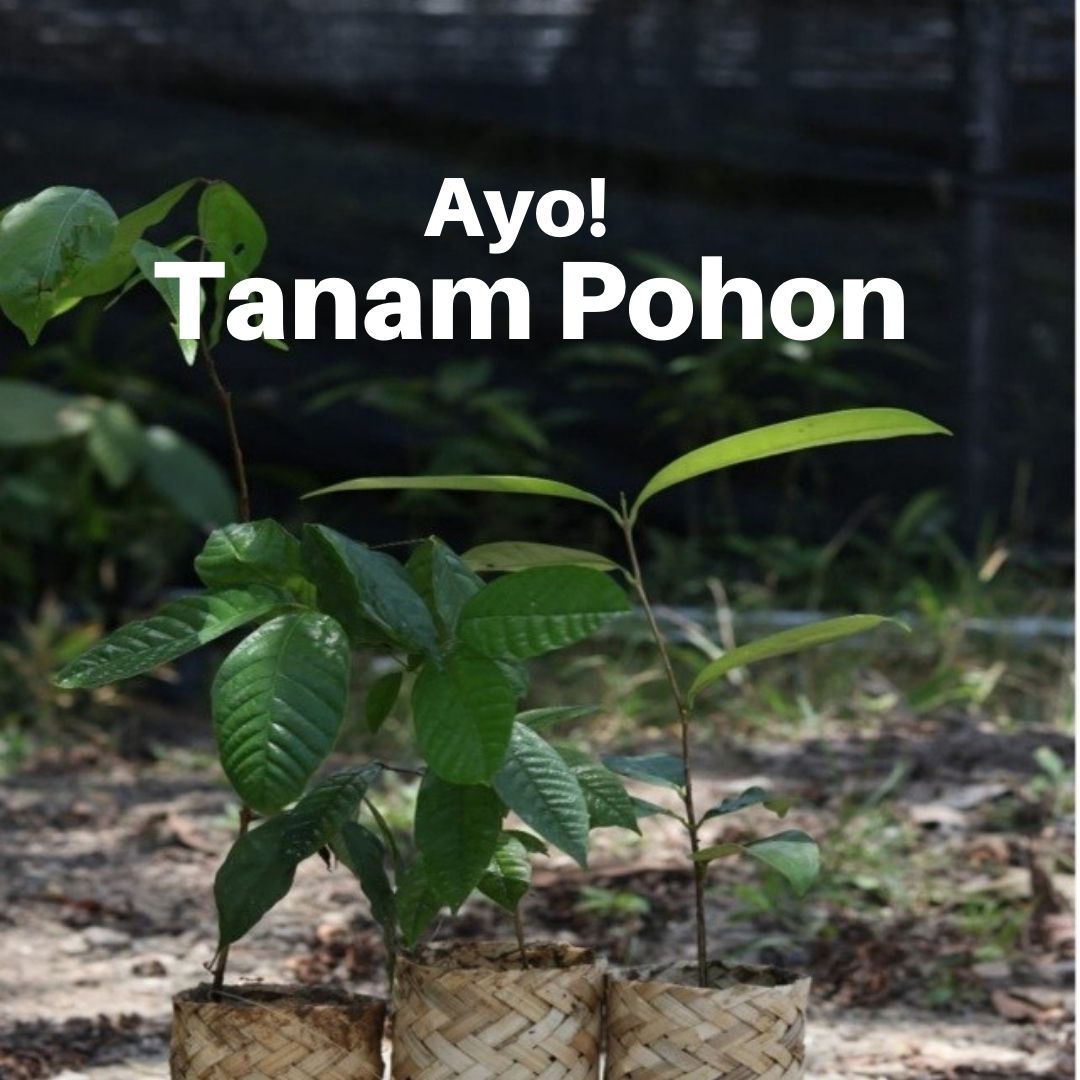The Indonesian government is gearing up for diplomatic efforts, armed with comprehensive forest cover data and scientific methodologies, to address the European Union’s (EU) deforestation regulation (EUDR).
“We have a detailed forest database through Simontana (National Forest Monitoring System),” stated Minister of Environment and Forestry Siti Nurbaya during a Focus Group Discussion (FGD) on Legal and Sectoral Sustainability in Forest Areas within the Deforestation-Free Supply Chain Context in Jakarta on Thursday, April 4, 2024.
The forest monitoring results for Indonesia in 2022 indicate that the total forested land area across the nation is 96.0 million hectares or 51.2% of the total land area, with 92.0% of the total forested area, equivalent to 88.3 million hectares, located within forest areas.
Furthermore, Indonesia’s deforestation from 2021 to 2022 amounted to 104.0 thousand hectares, marking the lowest level in recent periods.
It’s noteworthy that the EUDR was ratified by the European Parliament on May 31, 2023. The EUDR will encompass commodities such as cattle, cocoa, coffee, palm oil, soybeans, and timber, including derivative products like leather, chocolate, and furniture. These commodities will undergo due diligence to ensure they do not originate from land experiencing forest degradation or deforestation. The percentage of products subject to due diligence depends on the risk assessment of the commodity’s country of origin, categorized as low risk, medium risk, or high risk.
As a reference, the European Union published the European Union Forest Observatory (EUFO) in December 2023. The final version of the EUFO map will be released in December 2024.
“From now until the end of this year, it’s crucial to correct the EUFO map so that Indonesia’s country risk assessment can be categorized as ‘Low,’ and the origin of raw materials from required commodities does not fall within deforestation and land degradation areas,” Minister Siti emphasized.
She stressed the importance of leveraging concrete data and positive facts about Indonesia’s forests to tackle deforestation issues globally. Minister Siti provided an overview of the interaction between the Ministry of Environment and Forestry (KLHK) in correcting deforestation data released by the World Resources Institute (WRI), ultimately leading the institution to acknowledge Indonesia’s success in reducing deforestation rates.
Furthermore, Minister Siti stated that Indonesia has taken several corrective actions to curb deforestation and forest degradation, including halting permits in primary forests and peatlands, permanent forest and land fire prevention, FOLU Net Sink instruments, restructuring and legalizing forest land use for oil palm plantations, controlling coffee and cocoa agroforestry governance with social forestry, and law enforcement.
Meanwhile, the Acting Director General of Sustainable Forest Management at the Ministry of Environment and Forestry, Agus Justianto, explained that for timber commodities and their derivative products, Indonesia has implemented the Timber Legality Verification System (SVLK), which has been equated to the Forest Law Enforcement Governance and Trade (FLEGT) license and recognized in the EUDR. “Timber products with SVLK meet FLEGT license requirements and comply with EUDR provisions as stipulated in Article 10 paragraph 3,” said Agus Justianto.
Furthermore, he stated that the SVLK has been updated and equipped with geolocation information to enhance timber traceability to logging points. Geolocation information is provided in the form of a QR code listed on the SVLK certificate accompanying traded timber products.
To strengthen traceability, Agus mentioned that there is also integration of timber utilization information systems ranging from the Forest Utilization Business Control Information System (SIPASHUT), Forest Product Administration Information System (SIPUHH), Planning Information System for the Utilization of Raw Materials for Forest Product Processing (SIRPBBPHH), to the Timber Legality Information System (SILK). ***




